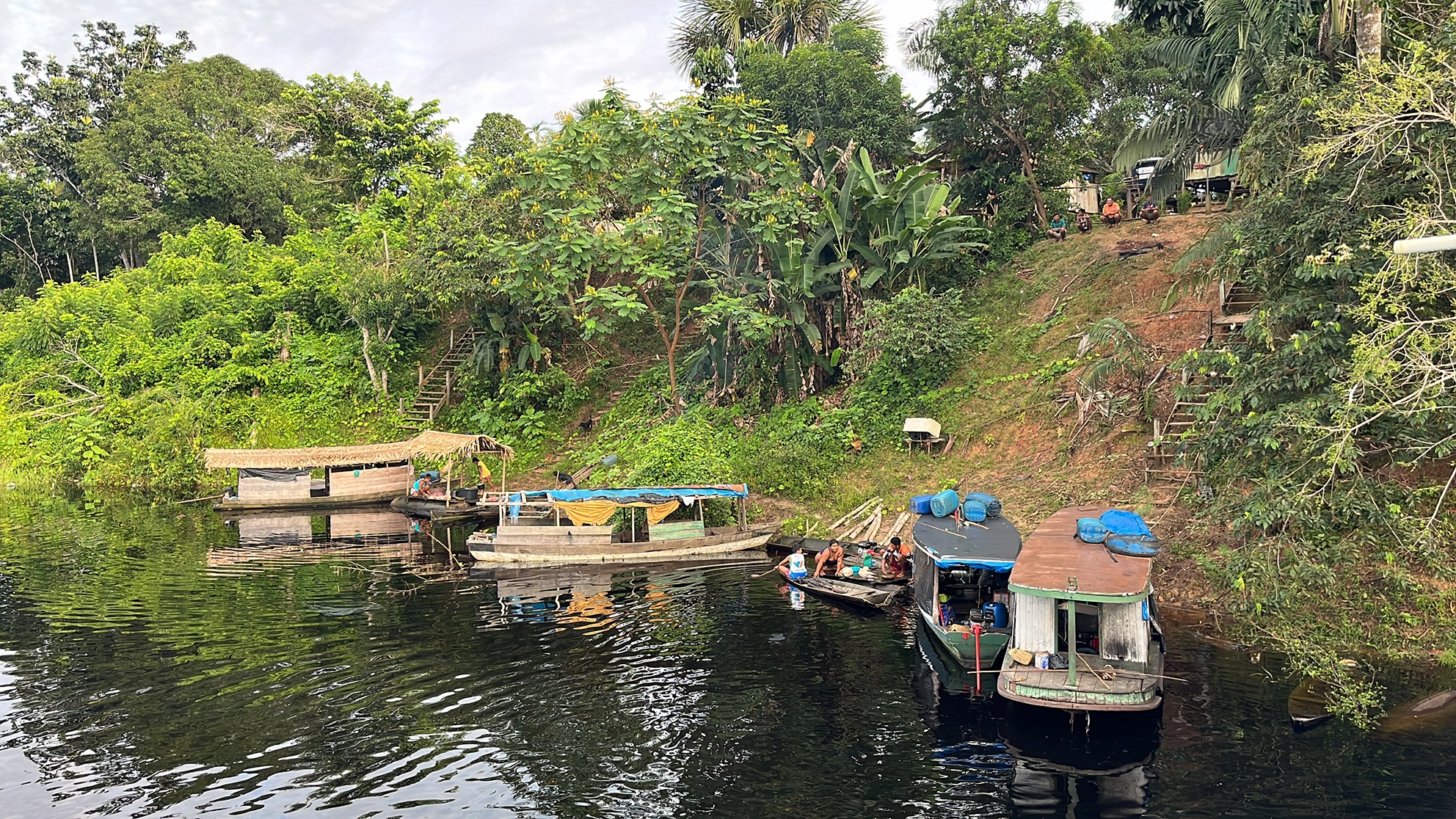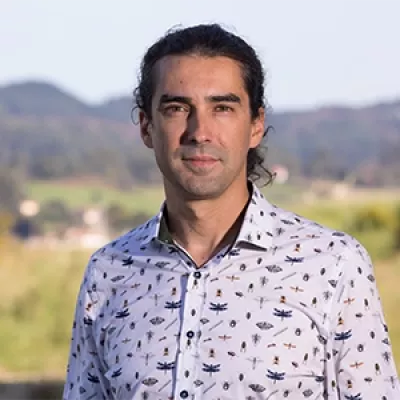Forests through time: what can ancient trees tell us about ecosystem restoration?
In brief
How have plants adapted over centuries or millennia to survive and recover from human interference? David Moreno-Mateos and his team are analysing tree species in Brazil’s Amazon Rainforest to find out, and to help inform and improve future restoration practice.
Overview
How have plants adapted over centuries or millennia to survive and recover from human interference? David Moreno-Mateos and his team are analysing tree species in Brazil’s Amazon Rainforest to find out, and to help inform and improve future restoration practice.
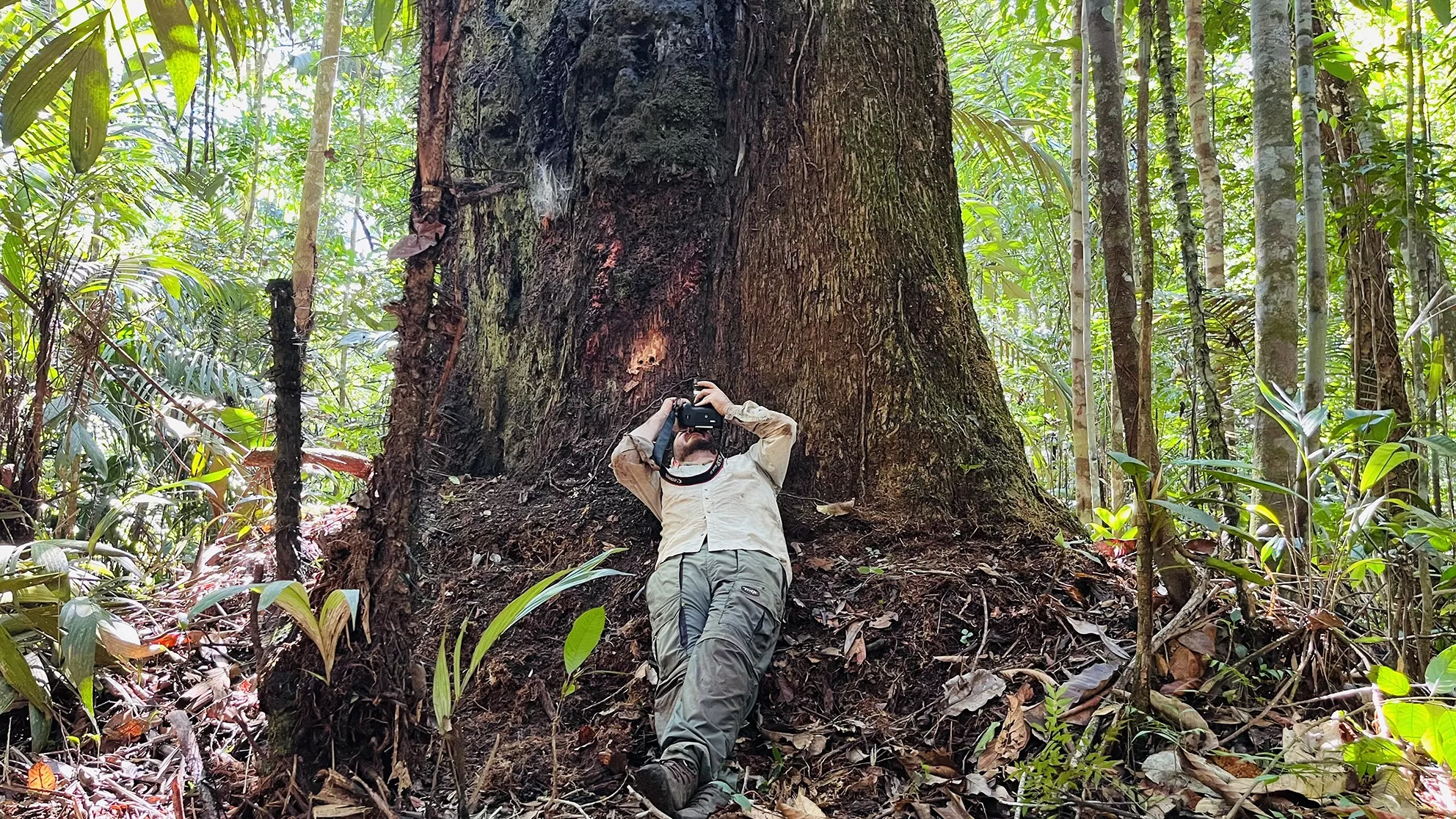
The current state of things
‘Life finds a way.’ In many ways, this is true. Jurassic Park was of course talking about the fictional comeback of the dinosaurs, but the sentiment remains for life today. Plants in particular seem to have a way of surviving against it all —natural disasters, climate change, human-caused destruction — somehow, they manage to find a way through.
The resilience of plants can provide a beacon of environmental hope for us all, but their struggle is also a warning.
At COP26, 140 governments signed a pledge to end global deforestation by 2030. That was more than three years ago. Since then, almost no progress has been made to meet this target. We still lose around 10 million hectares of forest per year from logging activity, and a further 70 million hectares are affected by fires, which are worsening as the climate crisis intensifies.
“Things are really not good”, says Dr David Moreno-Mateos, Associate Professor in Physical Geography at SoGE. “The reality is worse than you think.” David is the lead on an ongoing research project that is looking to understand how ecosystems degraded by human activity recover over long periods of time.
This is difficult, because there are not many places left on Earth that have not been disturbed in some way by human activity. From urbanisation to mining, roads to railways, thriving ecosystems across every continent have been destroyed and degraded in the name of human advancement. But above all else, agricultural practices — some millennia old — have changed the very foundations of our world’s landscapes.
“Nothing even comes close to farming [in relation to] land use change and the way this has degraded biodiversity on the planet,” David explains. “Even the effects of climate change on biodiversity are like one-tenth of [those from] farming.”
Finding untouched, ‘old growth’ woodland has been a serious challenge for the research group. “In the UK these are incredibly difficult to find, but we are finding some… there are a few,” David says. “You can find what are called ‘ancient woodlands’, but most of these are actually very degraded forests. They are only ‘ancient woodlands’ because they have been woodlands for a long time, but this does not mean they haven’t been logged. Some of these forests are constantly being logged and then regrown, logged and then regrown, so they are very degraded.”
Delving into the research
David’s team are looking at old growth forests in the UK, New England in the US, and in Brazil’s Amazon Rainforest. They are comparing the genetic makeup of specific trees and plants, their roots and the microbial composition of the surrounding soil to those in areas that were once farmlands, hundreds or thousands of years ago, but have since been abandoned and left to recover on their own. “Our hypothesis is that through time, forests that have previously been used as farmland will recover more features that are similar to old growth forests.”
For now, the current focus is Brazil’s Amazon. “The places we are sampling in Brazil are between 400 to 2000 years old. So, even with places that were farmland 2000 years ago and have not been farmland since, you can still see the signatures of farming today. You can see the difference between these sites and undisturbed, old-growth forests. It's crazy.
The team are looking at specific tree species within the Amazon, such as the Brazil nut tree. “We sequence all the bacterial and fungal DNA that is in the roots. This is how we can see the networks between the tree community and the microbial community in the soil,” David explains. This allows a bigger, more complex picture of recovery to be painted; not only can the team see how an ecosystem is recovering regarding more basic metrics, such as biodiversity or carbon storage, but also how this diversity is working as a functional structure within an ecosystem, and how these functions are changing over time.
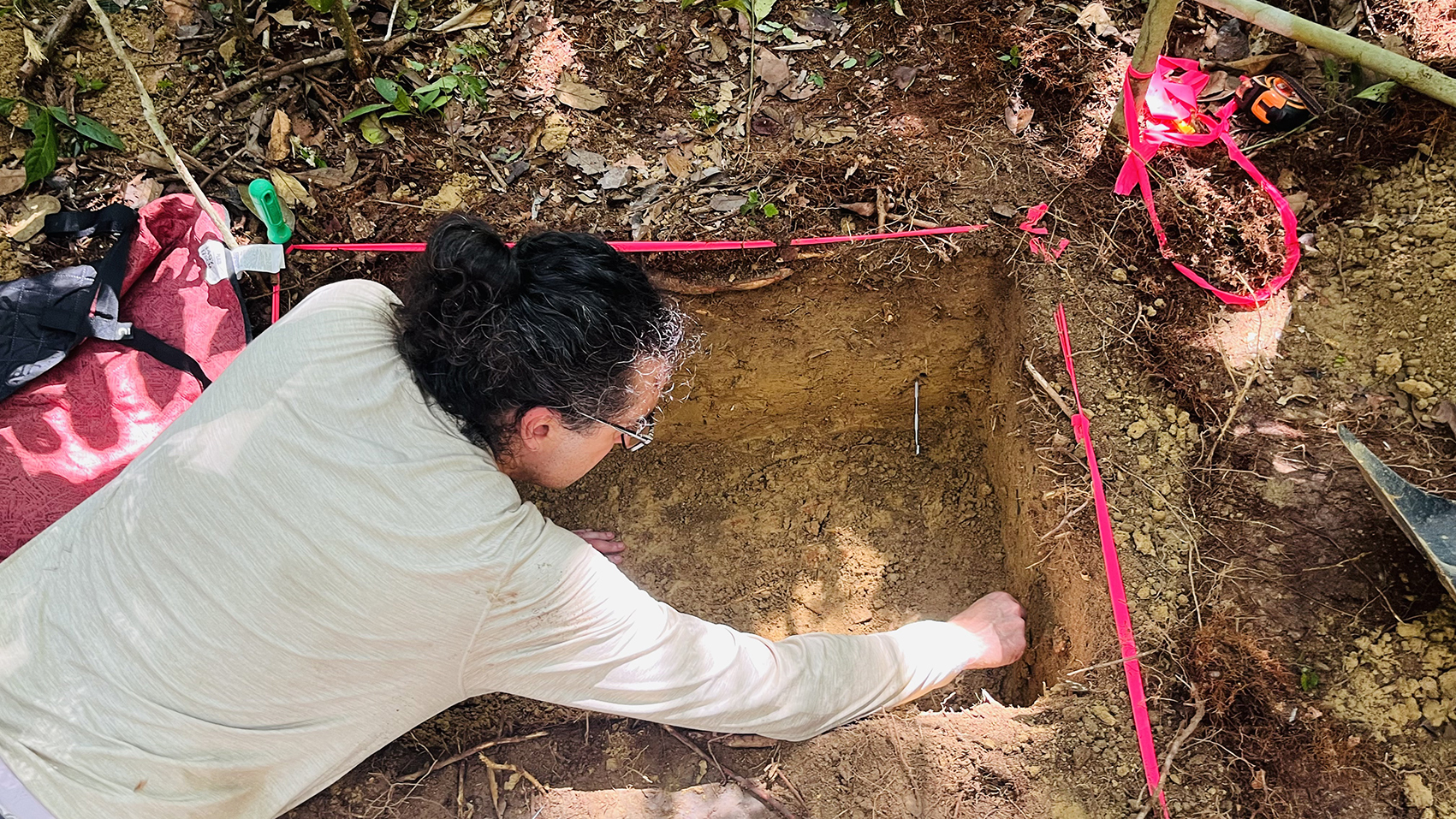
“In Brazil, we also want to see what happens with a species that has been domesticated after you release it from that domestication pressure”, David says. ‘Domesticated’ in this context refers to a plant species that has been selectively bred by humans for a specific purpose, for example to produce bigger fruit. “You select those individuals that have the traits that you want, but by doing this you are reducing other parts of the genome. You reduce its diversity and therefore its adaptive potential to other changes, making it more vulnerable.”
This leads to the key questions that this research is hoping to help answer: what happens once you abandon a domesticated species? Will they recover important functions that were lost during the selection process over time? And if so, how long will this take?
“We expect that as they recover, they will regain high general diversity, meaning that they will have more genetic tools to cope with environmental change, for example to cope with increasing drought or other kinds of things. And they can do this naturally, by themselves through ‘natural regeneration’ also called ‘ecosystem recovery’ or ‘passive restoration’, without any need for human assistance, but this will take hundreds of years.” David explains that current, man-driven restoration efforts are often not very useful, but research like his will help us to understand how to make our action more effective.
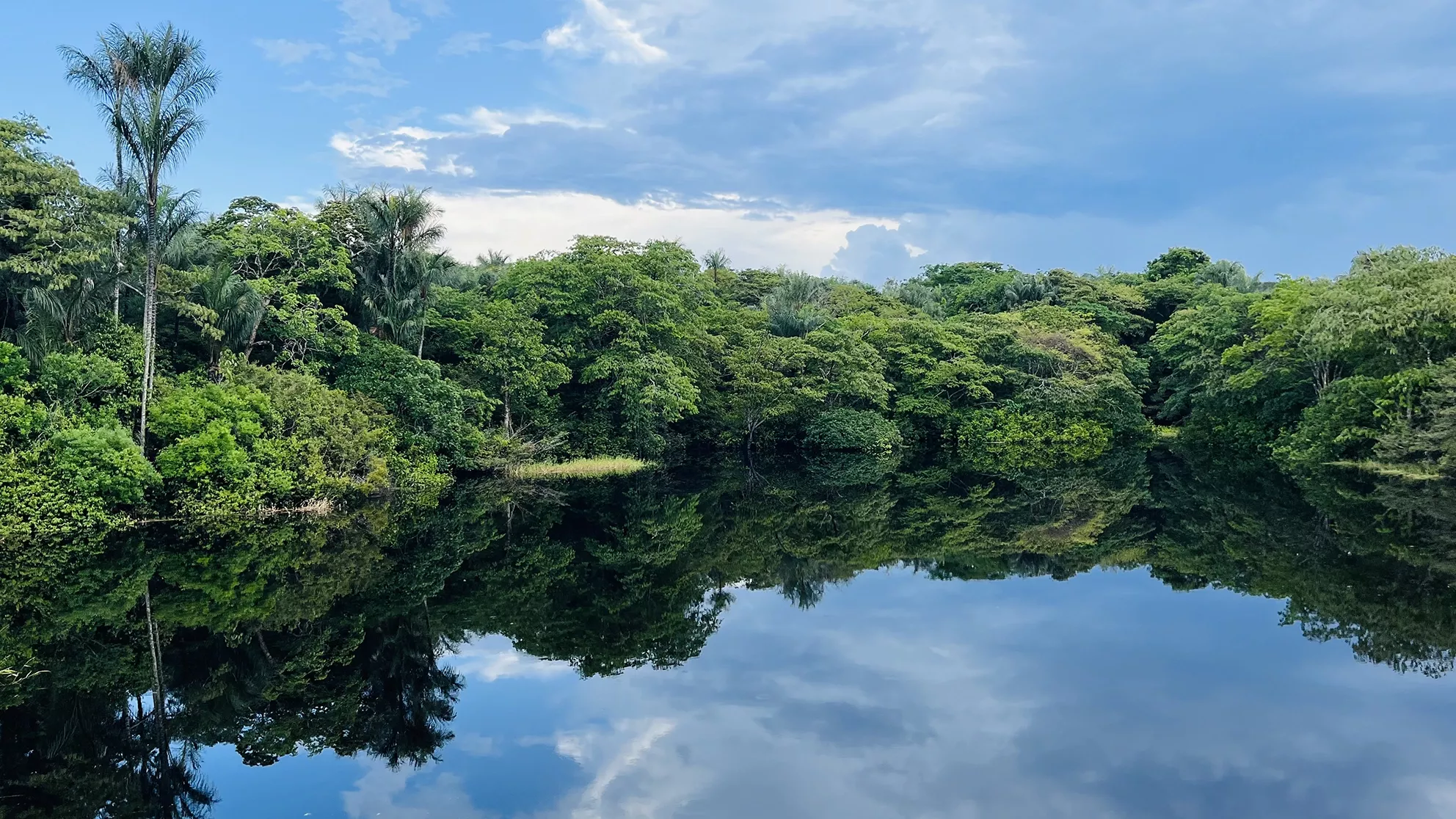
Never give up
“You need to know exactly what you're doing”, he says. “Ultimately, we want to improve the quality of restoration practice. We want to be able to understand the specific actions you can take to improve the fundamental practise of restoration.”
It’s important to stay hopeful that things can improve. “The main thing is that plants can recover. Ecosystems can recover on their own, which is nice and that's good. But how can we help so that this restoration is accelerated? So that it happens faster and really brings an ecosystem’s complexity back. Not just biodiversity, but complexity. We don’t know it all yet, but we are working very hard to actually understand how to do it.”
David also hopes his research will help influence domestic and international policy on deforestation and farming practices. “We need to strengthen conservation action and stop degrading stuff because although restoration works, it takes a long time… Basically, we need to stop increasing farmlands and just stick to what we already have.”
That researchers like David and his team are working so hard to understand the complexities of ecosystem restoration and recover is something to be celebrated. “What’s important is that we are aware of our current limitations, but we are not giving up. This is so important. You should never give up… people are starting to believe that restoration is possible. Even if it doesn't work in many cases, it's possible, so we have that hope.”
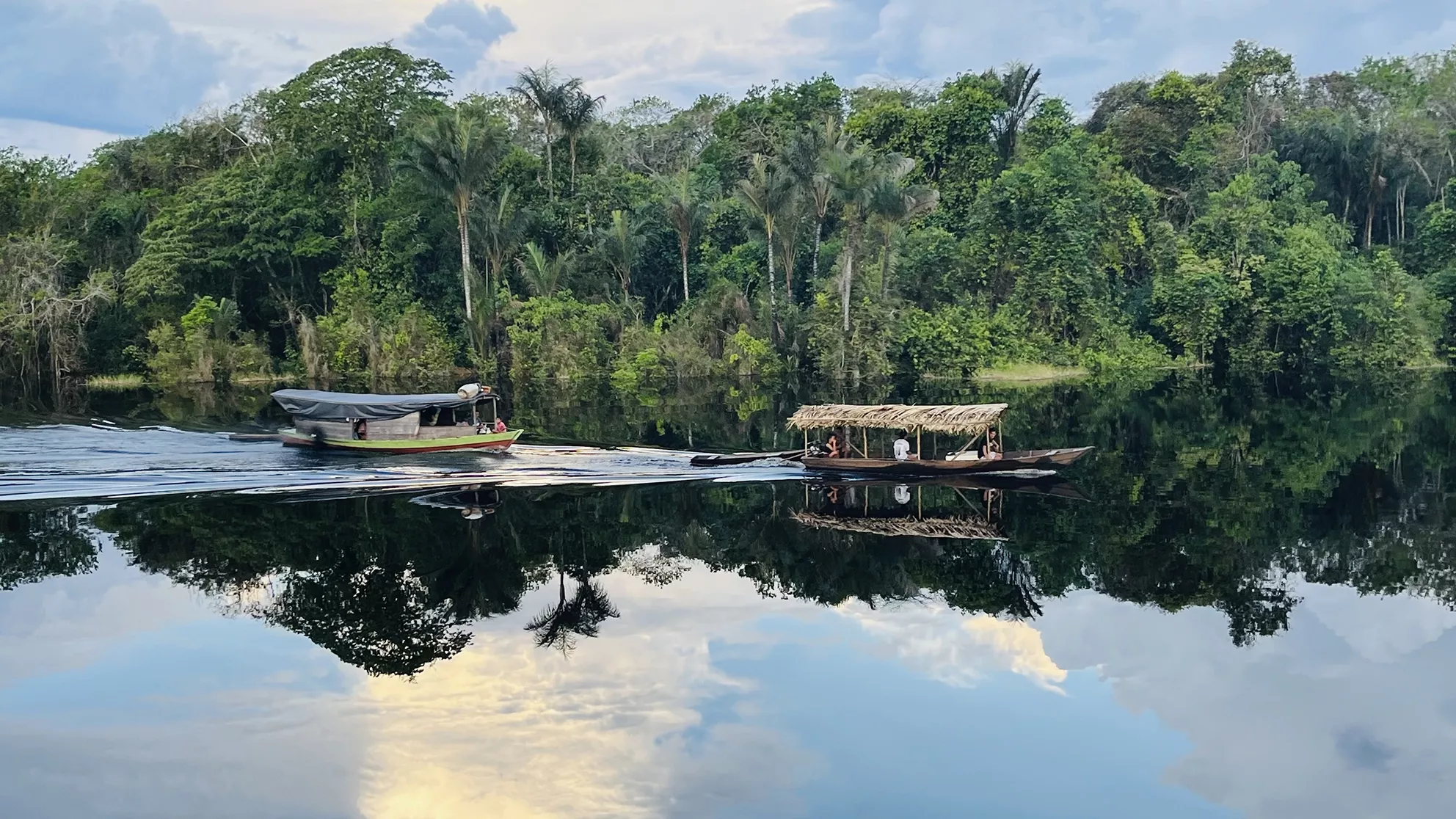
In brief
How have plants adapted over centuries or millennia to survive and recover from human interference? David Moreno-Mateos and his team are analysing tree species in Brazil’s Amazon Rainforest to find out, and to help inform and improve future restoration practice.


